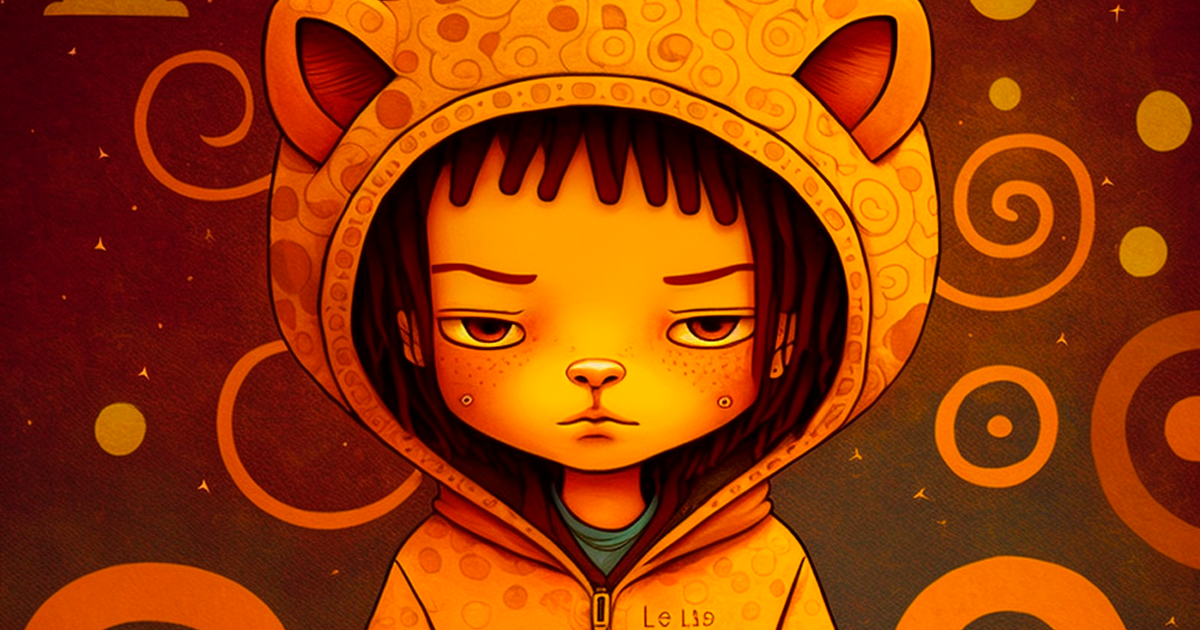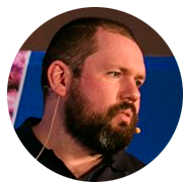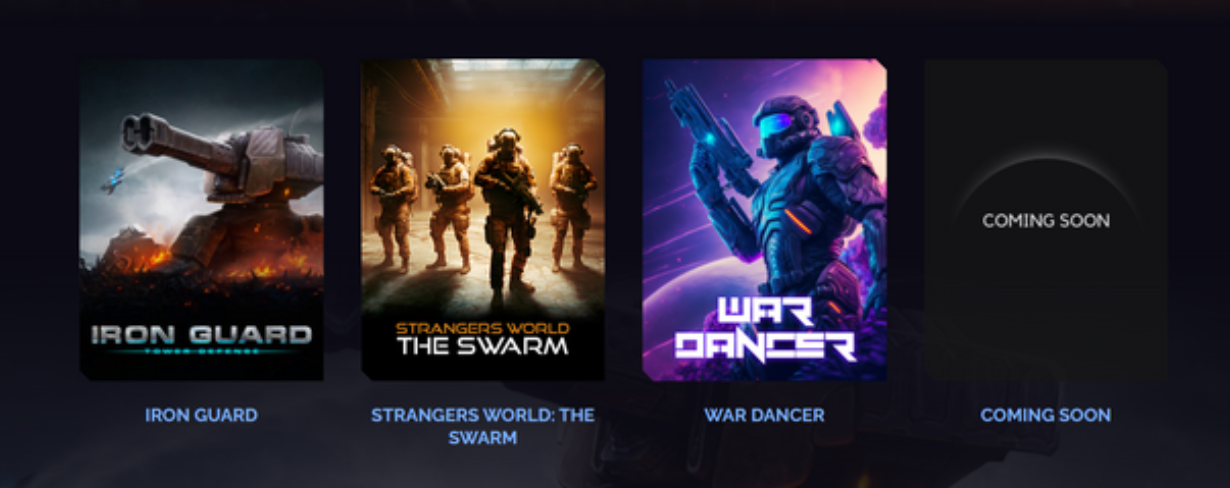Round table: Will neural networks kill the profession of a CG artist?
One of the main IT stories of the last year is the significant successes of neural networks in graphics. The possibilities of Midjourney and Stable Diffusion are actively discussed on thematic forums, and the work done with their help is widely circulated on social networks. We talked with experts from Belka Games, Friday Games, Hoopsly and ReDefine about what they are good for today when it comes to video game development, and whether they will compete with live artists.
An example of an illustration generated in MidJourney. The author of the script: MissMav
What tasks can already be transferred to neural networks when working on graphics for video games?
Artyom Adamyan, Head of Art at Belka Games
In my opinion, right now it is possible and necessary to use neural networks for:
- search for interesting visual images and concepts;
- creating projects within R&D departments for quick hypothesis testing;
- create simple content to save development time.
Velena Martynova, Senior Character Artist at Fridays Games
The grid copes very well with any concept graphics, backgrounds, characters. Something usually needs to be finalized by hand, but in general, it is already a powerful aid to inspiration.
Using grids, it is convenient to generate icons (items, tasks, resources, etc.), at least to throw options.
In general, neural networks help a lot with options for compositions, shapes, and color combinations.
If we take the previously popular HOG genre, then you can enter objects using a neural network.
You can also pass the artist's work through the neural network to improve the quality of the render (by setting a small percentage of creativity for the neural network). In this case, the neural network will help to correct minor flaws in the lighting under the general light.
Natalia Popova, Fridays Games Project Manager
For projects in support, it is quite difficult to shift the revision of existing content to a neural network, once in the style. But if we talk about new projects that are just being created, then, of course, it is worth trying to implement the neural network as widely as possible, allowing it to "set" the style of characters, icons, weapons, banners and other content.
When I first entered the industry (then still computer games), sketches were drawn on paper, and then scanned, but after a year or two no one could even think of such an inefficient method. I am sure that very soon concept designers who do not learn how to work with neural networks will "lose" in speed and quality.
Mikhail Zakharov, General Producer of Hoopsly
According to my observations, the main task that neural networks are already coping with is the creation of concepts for development, static advertising creatives, covers, posters and similar things.
In most cases, their work needs to be processed with a "file". But the graphics do not need to be made from scratch, which greatly reduces the time needed to create content.
Artyom Netyagin, Technical Supervisor at ReDefine
We ourselves have already slowly started using Midjoyrney in our projects. This allows you to do without an artist in many moments.
Of course, neural networks cannot replace a full-fledged specialist yet, but for indie teams without a budget, they are just a godsend.
It is convenient to throw off primitive and routine tasks on a neural network. They are great for creating general concepts, sketches, which are necessary in order to better convey the idea to the team. With their help, you can create a pitch document with draft art.
Neural networks allow you to make paintings, posters, billboards, books, magazines and portraits of characters for games. For example, you can also make sprites for mobile games. Midjoyrney does well with all sorts of isometric houses, cartoon objects like crystals, etc.
As for 3D graphics, it's still pretty damp there, you can't use it in game development. However, everything may change soon: work in the field of generating three-dimensional objects is actively underway.
Is it possible to prepare all the graphics for the game today using only neural networks? Or are there tasks that it is useless to address them?
Artyom Adamyan, Head of Art at Belka Games
In my opinion, one of the most difficult challenges facing the neural network is to learn how to create content in a single style for the entire project and keep it at the same level. However, if the project is not very difficult from the point of view of meta/core, if stylistic uniqueness is not required from it, then I think that neural networks can quite handle the task.
Among the point problems, I would also highlight quite significant shortcomings in the creation of complex compositional objects and characters in the field of construction and anatomy. And if you set a high quality standard for the project, then you will not be able to do without post-processing yet.
Velena Martynova, Senior Character Artist at Fridays Games
So far, neural networks are absolutely powerless in interfaces. Both in the graphical part and in the usability part.
Also, for now, 3D graphics remain a blank spot. In particular, it is not possible to get a 3D model from a 2D image.
If we talk about what tasks I really want to see from neural networks (except for interfaces, of course, they are in the first place), then this is an opportunity to get a render of this particular (!) character in the right (!) pose based on the character I uploaded and the dummy pose.
Mikhail Zakharov, General Producer of Hoopsly
May. But with some limitations. If we are making a casual title, then we cannot do without manual work. Someone has to bring the style together, make VFX, animate characters, customize the UI, and so on.
But if we are talking about visual novels, where static backups, simple UI and character portraits are needed — why not. My colleagues and I tried this option in one game, it turned out very well.
The quality of projects is improving, simply due to the fact that Midjourney and similar neural networks are able to make a better picture than many artists on the market. And much faster.
Artyom Netyagin, Technical Supervisor at ReDefine
If you try, you can. Visual novels rejoice! But there are difficulties in this too.
First, you need to learn how to use a neural network and write prompta correctly. Secondly, the result can often be quite good, but not quite what we would like. Thirdly, there are still shoals with objects, like six fingers, creep eyes, or shape distortions. This needs to be straightened out with pens. There are other disadvantages, but if the developer is willing to put up with them, then why not.
If there is an artist on the project, how much will the use of neural networks simplify and speed up his work?
Artyom Adamyan, Head of Art at Belka Games
It will simplify and greatly, like any other useful toolkit. A neural network can already become as useful to artists as 3D when creating 2D graphics. At the time, it significantly improved the quality of work and accelerated the process.
The neural network is the same tool, and in the right hands it will become a very powerful weapon.
Velena Martynova, Senior Character Artist at Fridays Games
The neural network will make the work of any conceptualist less frustrating at the stage of searching for options. Having made several different quick options using a neural network, then you can focus on working out an option that the game designer will like. Plus, it's morally easy to throw away the options that the network has created.
Previously, we were tightly squeezed by TK from a game designer. It was believed that a game designer should think through everything very, very carefully so that the artist would not spend a lot of time on options that would not work.
Now the neural network is becoming the third player in the creative group. And of course, the more freedom we give the network, the more places we can implement the network. For example, previously, game designers gave us references, saying that such a businessman's suit was cool or such a nose, such a look, and we had to draw it. Now we can no longer promise a game designer the desired nose, but we can offer a dozen options for a businessman's face. Yes, we are unlikely to get what the game designer specifically wants, but this is not necessary, we need a bright charismatic image.
Natalia Popova, Fridays Games Project Manager
In an ideal future, neural networks will simplify and speed up the work of not only artists, but also game designers. That's how I see game designers working with neural networks and applying the results in the form of refs to the desired idea. Well, it will be more comfortable for artists to work with such refs than with bundles of other people's illustrations with captions, which piece of art should be paid attention to.
Our game designers are already laughing that it is possible for them to write TK of the form: factory, chemical, very cool.
Mikhail Zakharov, General Producer of Hoopsly
Since many projects start with conceptualizing the visual part, it is very strong. Anyone who has worked with art and set tasks for artists sooner or later faces a problem when the selection of references for a specific task comes to a dead end. For example, for a character, I need to confuse a bear with an octopus. Good luck finding refs for your art lead.
With neural networks, the task is greatly simplified. We even checked it out while working on one of the projects. As a result, two dozen images were generated in three hours, from which the desired one was selected and transferred to 3D. And four days later, the model was ready. If a live artist had to be used for the concept, the task, given the iterations, would take weeks.
Artyom Netyagin, Technical Supervisor at ReDefine
If you can't win, take the lead!
Artists can significantly speed up their work where speed is more important than quality. They can now simply process the generated images and use them as a basis.
Previously, many people used the following life hack: they modeled the blanks in 3D, then painted on top of them. With neural networks, everything becomes even easier.
Will you implement neural networks into your pipeline?
Artyom Adamyan, Head of Art at Belka Games
So far we are only studying the toolkit, but we are already looking at potential areas of use. Time will tell — who knows, maybe we will share cases in the future.
Natalia Popova, Fridays Games Project Manager
Of course! In our new project, these are only characters so far. But we have plans for icons, factories at the concept stage, and holiday content (stock banners, store backgrounds).
I like working with a small development team: these are more manageable processes, budgets, and a lamp atmosphere. But players love a lot of content! Because of this, the project support team is usually greatly inflated.
Therefore, I hope that when our new project is released in softlonch, neural networks will solve the tasks of art and video for the marketing department. And, of course, now we will be able to make cool art for communities (it is clear that hiring a Senior–level artist to create images for social networks is an unjustified cost, given that the life of the post is at most a day).
Mikhail Zakharov, General Producer of Hoopsly
Yes, this is already happening.
Artyom Netyagin, Technical Supervisor at ReDefine
Our guys are making a VR shooter and generating concepts of locations and props.
For example, recently we needed to add the covers of games that have not yet been released to the site. Can you guess which ones were drawn by the artist and which ones by the neural network?
Will neural networks kill the profession of a CG artist?
Artyom Adamyan, Head of Art at Belka Games
I don't think that the profession of a CG artist will become unclaimed in the next few years. Rather, new, perhaps more complex challenges will arise. If you fantasize, then, most likely, new related professions will come — for example, CG artist-AI operator.
In any case, to create art content through a neural network, you will need a good art vision. At least until AI learns to answer the question: "Is it beautiful?".
Of course, neural networks will greatly change the world of CG. They are changing it while I am writing this comment. But we all live in a world of progress, so don't be afraid of change.
Velena Martynova, Senior Character Artist at Fridays Games
There is still a long way to replace the artist, we need someone who understands the big picture and common goals. But definitely neural networks will change the work of artists.
To prepare high-quality graphics, even with the help of a neural network, it is not enough to be a person who clicks on a button and selects the correct query. In addition, you need to make a successful compilation of successful images in Photoshop, you need to be able to finish what the neural network has difficulties with (the same hands, for example). At the concept level, you need to be able to refine the logic, since the network does not yet "understand" the functionality of what it generates, which results in beautiful, but absolutely illogical objects.
Natalia Popova, Fridays Games Project Manager
I hear from my artists, and I see in the stories the experiences of former colleagues that neural networks will take away "the most interesting part of the work, and they will leave us only to draw interfaces." But these same artists forget how they did not like to draw the one hundred and first icon for the player's task book or the one hundred and first axe.
My task is primarily to shift repetitive monotonous tasks to the network, freeing up artists' time for something interesting (and interfaces). Will this reduce the number of artists required? I think in the Junior and Middle segments, yes.
Mikhail Zakharov, General Producer of Hoopsly
I think not. It is difficult to say at what speed neural networks will develop, but "handwork" in the near future will be necessary for the reasons stated.
At the current stage, grids can greatly help with reducing the time spent searching for the right visual solutions, and this, in my opinion, is just in the hands of artists. Instead of sitting, sorting through refs in search of the right one and getting annoyed by their absence, you can just generate everything yourself and continue to bring it to mind. As a result, manual labor is greatly reduced and there is more room for creativity. It will require some adaptation, but that's how any industry works.
Artyom Netyagin, Technical Supervisor at ReDefine
I don't think so, but it's obvious that some percentage of the work will be taken away. Now 2D artists, and later 3D artists. Most of all, indies who don't have a budget for their artist should be happy about this. But there can be no talk of a full-fledged replacement of live specialists, a neural network is nothing more than a tool. After all, the rendering tasks are often quite clear and specific, a human head is needed here, and the neural network simply will not be able to get into some clear requirements. I'm not talking about making edits and improvements. Well, it will always be easier for someone to direct the work of an artist than to deal with "some kind of abstruse neural networks."






